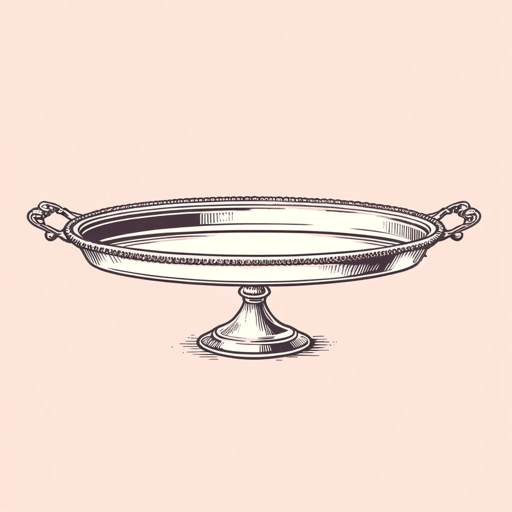27 pages • 54 minutes read
Walter JohnsonSoul by Soul: Life Inside the Antebellum Slave Market
Nonfiction | Book | Adult | Published in 1999A modern alternative to SparkNotes and CliffsNotes, SuperSummary offers high-quality Study Guides with detailed chapter summaries and analysis of major themes, characters, and more.
Chapter 7-EpilogueChapter Summaries & Analyses
Chapter 7 Summary: “Life in the Shadow of the Slave Market”
Antebellum printers had only two stock images to represent slaves; one male and one female. Slaves and slaveholders were interdependent, both walking a fine line between fantasy and reality. Upon arrival at an owner’s plantation, it would become apparent what kind of master he was. Slaves undertaking unfamiliar tasks were frequently beaten, a punishment that drove the cotton pickers. Sick slaves were not spared and often perished, escaped, or committed suicide.
Some slave owners made a show of displaying a “tough but fair” attitude to their slaves (198). Slave communities formed new alliances and subversive support systems. Slave buying was a social performance that bonded friends and business partners (200). John Knight’s dreams of docile and amiable plantation slaves were thwarted after he discovered that one had been born free—a fact that posed a threat to his monopoly—and several more died during poor weather. Overworked, ill, and resentful, Knight’s real slaves did not match his fantasy, and he closed the plantation.
Unable to buy success at the slave market as they had believed, owners maintained their dominance by force, often taking out their frustrations on their slaves. Twelve-year-old Monday was beaten because his lupus made his nose run (205).

